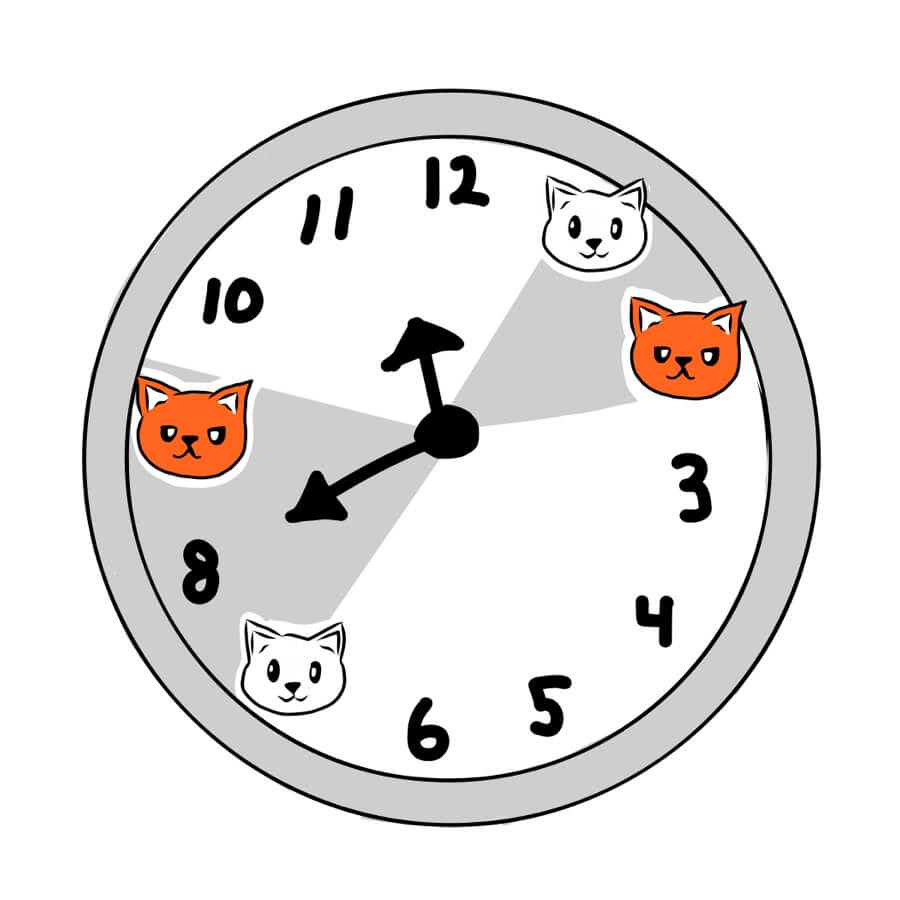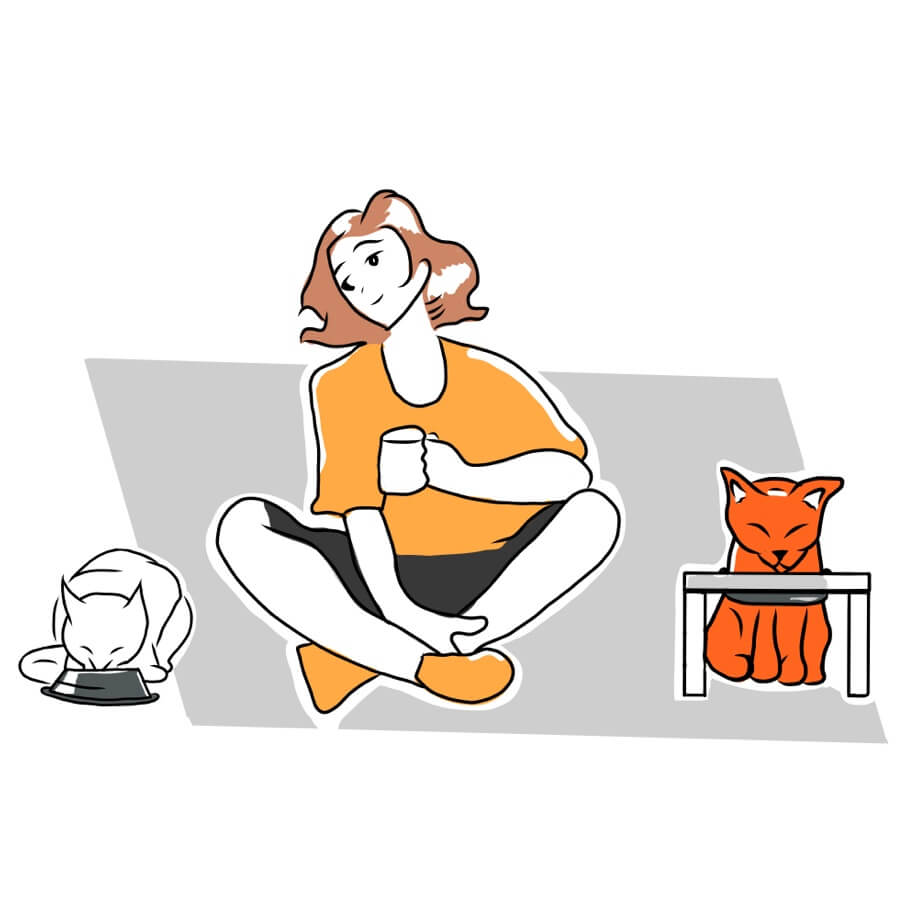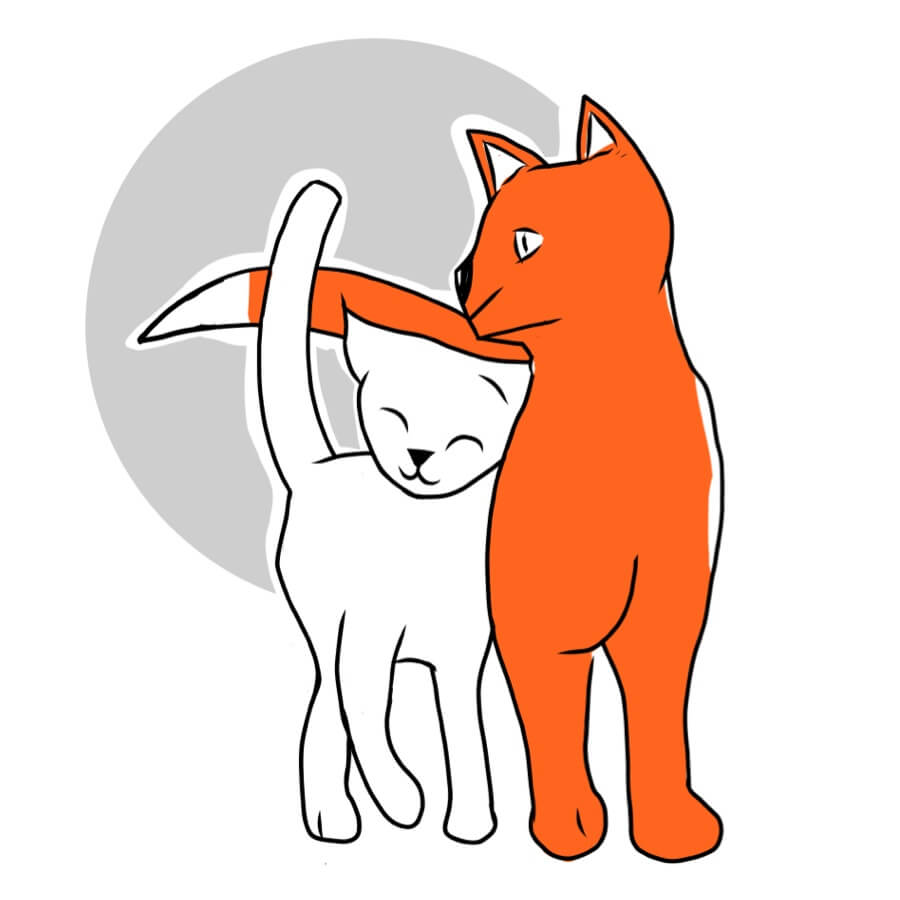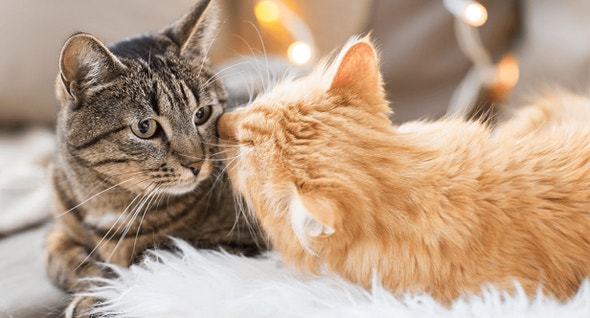
How to Feed Multiple Cats with Differing Nutritional Needs
The only thing better than owning a cat is owning more than one cat. While a multiple-cat household means additional snuggles and cuddles, it can also mean a little extra work when it comes to mealtime. Fear not! We’ve assembled this tasty buffet of tips to help make sure all your feline companions get the proper amount of food and nutrition.
Why Cats May Have Different Diets
Similar to their humans, cats’ diets vary for a number of reasons. First is personal preference. Some cats want dry food, others wet. Some like different flavors or to dine at a specific time.
Other reasons your cats may require a more specific diet include life stage or lifestyle:
- Older cats appreciate food that’s softer and easier to digest.
- Kittens need bite-size meals that help build their growing muscles and immune systems.
- Overweight cats need food to help them manage their weight without sacrificing flavor or nutrition.
- Some cats may need to take prescribed medication with food.
Now, how can you make sure each cat is eating the right food come suppertime?
6 Tasty Tips for Feeding Cats Different Diets
1. Take It Slow
Make any changes to your cats’ diets gradually over the course of several days. This will help reduce stomach issues or requests to “speak with the manager.”

2. Schedule Mealtimes
Instead of setting up a 24-hour buffet, schedule regular times for dining. This helps ensure your cats are hungry when it’s time to eat and won’t steal from anyone else’s dish throughout the day.

3. Be a Lunchroom Monitor
The best way to prevent fights over food or other eating issues is to keep an eye on your cats when you feed them. You’ll be certain everyone is getting a proper meal, and you’ll get some extra time to hang out together.

4. Separate Dining Rooms
Try feeding each cat in a different room, putting their food bowls far apart or separating eating spaces with a barrier like a baby gate, trash can or chair.

5. Take Mealtime to a New Level
Another option is to put one cat’s meal on the floor and the other’s on a countertop. This works well if one of your cats is older or heavier and can’t make the leap.

6. Stay Patient and Positive
Your furry friends might not take to these changes immediately, but kind words, your ongoing affection and judicious use of treats will go a long way toward having them accept a new mealtime routine.




